Tincture: Metals, Colors & Furs
Tincture is considered to encompass colors, metals and furs. In colored displays of arms, tincture is fairly self-evident. However, in black and white representations of arms (such as most bookplates), the tincture of the various aspects must be represented through hatching (i.e., patterns of lines and dots). These hatching patterns are shown below.
Metals: or (gold), argent (silver)
Colors: gules (red), azure (blue), sable (black), vert (green), purpure (purple), tenné (orange), sanguine (blood red)
Furs: ermine, vair, potent
Of the various tinctures, the fur vair requires some additional description. Vair is traditionally argent and azure (i.e., silver and blue). If no colors are mentioned in the blazoning, it is assumed to be done with those traditional tinctures. When the pattern appears in other tinctures, it is said to be vairy. For example, if the patterns shown are dots and vertical stripes, the object so drawn is blazoned vairy or and gules.
It is traditional in heraldry that the design should always be such that color is not laid upon color, nor metal upon metal. While this rule is not universally adhered to, it is generally the case that a shield will have either metal charges upon a colored background, or colored charges upon a metal background.
Metals

or (gold)
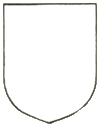
argent (silver)
Colors
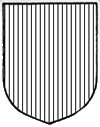
gules (red)
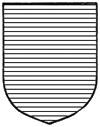
azure (blue)

sable (black)
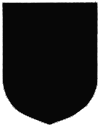
alternate sable
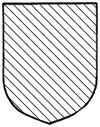
vert (green)
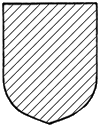
purpure (purple)
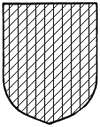
tenné (orange)
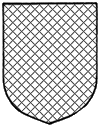
sanguine (dark red)
Furs
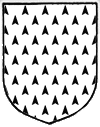
ermine
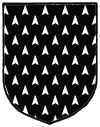
ermines
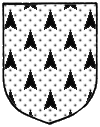
erminois
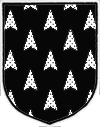
pean
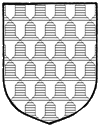
vair
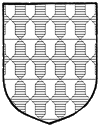
counter-vair
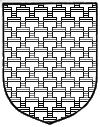
potent
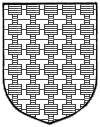
counter-potent
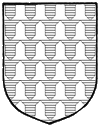
vair in pale
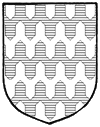
vair en pointe

alternate vair
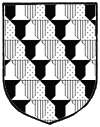
checked vair or vairy sable, argent, gules and or
General RBSC Hours
- Mon - Fri
- 9:30am - 4:30pm
- Sat - Sun
- CLOSED
For exceptions and Hesburgh Library information, view All Library Hours

 |
| 